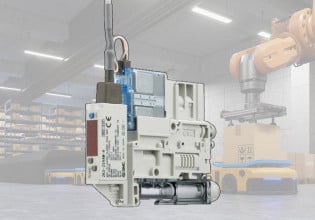D
We have 50 MW CCPP (30 MW GT, 125 SFF fired HRSG & 20 MW STG. At present we operate Gas Turbine and HRSG in Co-Generation mode i.e. STG in shut down condition. Our GT is GE frame-6 with Mark-VIe control. HRSG steam is generated as per Gas Turbine load. We need to maintain GT load fixed as per guidelines of state electricity board. Steam generated from HRSG is feed to process plant through centralized grid. Steam generation from HRSG is @ 5~10 tons more than process requirements. In order to maintain the steam grid pressure we have to vent the steam in atmosphere (thus incurring huge losses). or if sometime if steam pressure drops due to demand of process plant, we have to increase to GT load. As a result we have to vary GT load continuously between two MW (GT Load).
Is there any control method/loop in which we can maintain the required steam pressure by generating steam as per our requirement by operating GT between two load limits on auto by sensing the steam pressure of HRSG so that we can overcome losses due to steam venting and impact of load changes on life of GT?
Is there any control method/loop in which we can maintain the required steam pressure by generating steam as per our requirement by operating GT between two load limits on auto by sensing the steam pressure of HRSG so that we can overcome losses due to steam venting and impact of load changes on life of GT?






